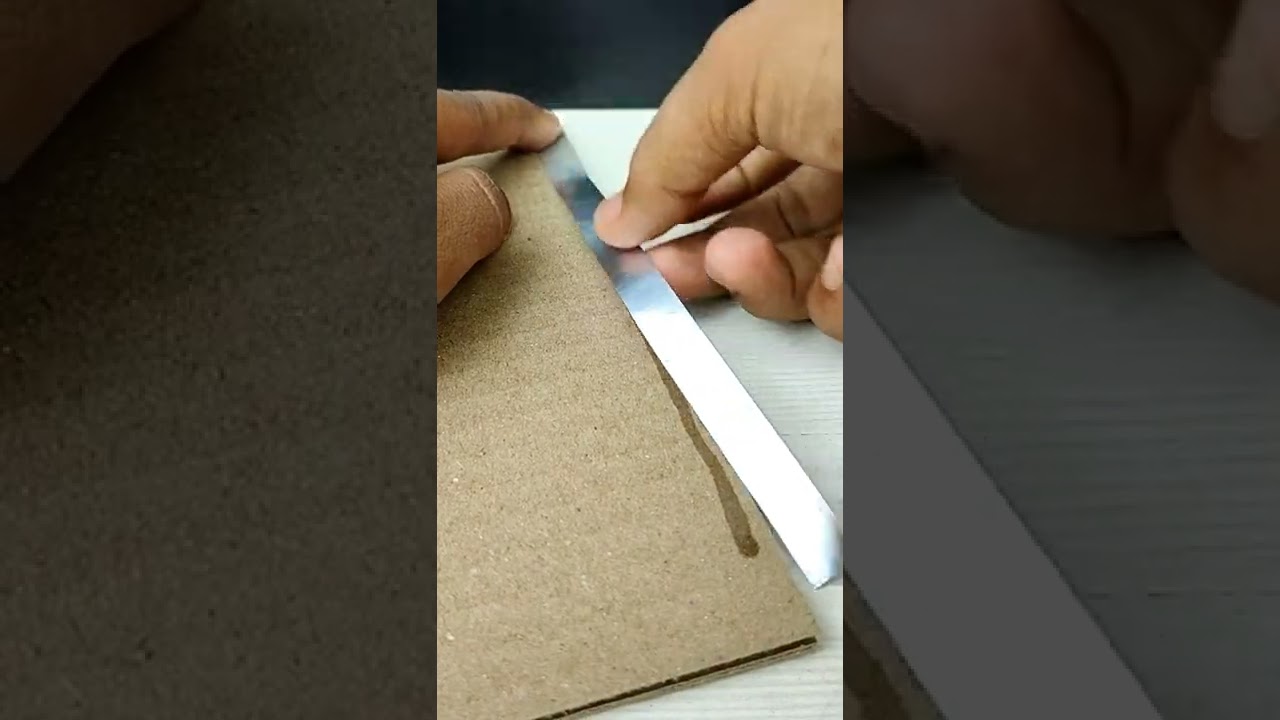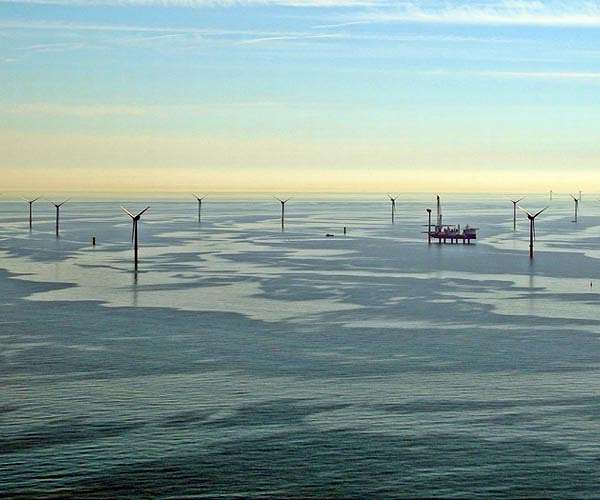
Michael Singer, a sculptor whose work, beginning in beaver bogs and pine forests and proceeding at an increasingly grander scale, eventually blurred the lines separating art, landscaping, architecture and urban planning, died on March 14 at his home in Delray Beach, Fla. He was 78.
Jason Bregman, a partner in Mr. Singer’s studio, confirmed the death but did not provide a cause.
Mr. Singer was often characterized as a landscape architect, and an accomplished one at that, with public commissions at sites as varied as a recycling center in Phoenix, Denver International Airport and a Whole Foods supermarket in Jacksonville, Fla.
But in fact he was an artist, one who saw his medium, and his ambition, in expansive yet humble terms, with work that attempted to remediate humanity’s disruption of the natural world.
In some cases, like a garden he designed for a Food and Drug Administration office outside Washington, he melded low-slung concrete structures with water elements and native grasses.
In others, like the Phoenix recycling center he designed with the artist Linnea Glatt, he created a structure that invited the public to observe how its waste was handled, turning what had been an out-of-sight, out-of-mind process into a source for education and even civic pride.
Though he formally trained as a painter, by the early 1970s Mr. Singer had moved into sculpture, constructing abstract, vaguely architectural pieces out of steel and concrete in his Lower East Side loft.
Soon after a 1971 show at the Guggenheim Museum heralded him as a rising star on the New York art scene, he left the city for a 100-acre farm in southern Vermont. Taking inspiration from the beavers he observed working around the wetlands on his property, he began creating works out of organic material like bamboo, reeds and logs, placing them in and around the same boggy sites.
In one work, “Situation Balance Series/Beaver Bog,” completed in 1973, he loosely stacked a half-dozen fallen hemlock trees across a patch of swamp. To a casual observer, it might seem that the trunks fell in place naturally, and only after noticing the jute rope that Mr. Singer used to hold them in place would his intervention become obvious.
He was often linked to the Land Art movement of the 1960s, perhaps most famously represented by Robert Smithson’s “Spiral Jetty,” completed in 1970, a 1,500-foot curlicue of stone and mud jutting out into the Great Salt Lake in Utah.
But where artists like Mr. Smithson used bulldozers and earthmovers to create radically monumental alterations in the landscape, Mr. Singer let nature take the lead. Reflecting the emergent environmental movement of the 1970s, he tweaked the land in minimal but surprising ways.
“I wanted to create works where the human activity wouldn’t be destructive and yet would interface with the natural environment,” he told Sculpture magazine in 1998.
Appreciating a Singer work required a deep engagement with its site — its topology, its flora, its climate — to understand why he made certain design choices. He preferred to use materials that he found nearby, and that over time would decompose, further complicating the relationship between art and nature.
While much of his work in the 1970s was small and portable enough to fit in an art gallery, by the early 1980s he was creating large and permanent site-specific commissions.
In 1980 the city of Grand Rapids, Mich., hired him to create an artwork for a new flood wall along a 600-foot stretch of dirt and scrubland. When he surveyed the site, he realized the project would involve ripping out a stand of mature cottonwood trees. To save them, he proposed a new design for the wall, lower and layered, that incorporated the trees as well as local wild grasses.
“He was known for taking things you would think of as very pedestrian and turning them into something beautiful,” Margie Ruddick, a landscape architect who worked with him on the redevelopment of Queens Plaza in New York, said in a phone interview.
His approach to the Phoenix recycling center followed a similar course. The building was originally planned to be utilitarian and imposing, with work by Mr. Singer and Ms. Glatt added as merely an aesthetic filigree.
Instead, they asked for two months to redesign the center entirely. The pair came back with a low-slung, light-filled building that places public engagement at its core, with a series of viewing galleries and classrooms — all of which cost $4.5 million less than the original plan.
“The effect is not pretty,” the New York Times architecture critic Herbert Muschamp wrote in a 1993 article praising the project. “Instead, the artists have reached for awe. Like the great Galerie des Machines at the 1889 Paris Exposition, the center extracts from industry its aura of holy terror, fusing it with the American landscape tradition of the pitiless and the sublime.”
Michael Lewis Singer was born on Nov. 12, 1945, in Manhattan and grew up in the Long Island suburbs. His father, Bernard, owned and operated a number of cemeteries in New York. His mother, Mildred (Gimbel) Singer, was a homemaker.
He is survived by his sister, Louise Stolitzky.
After graduating from Cornell in 1967 with a bachelor’s degree in fine arts, Mr. Singer dived into the Manhattan art scene, mixing with Richard Serra, Gordon Matta-Clark and other artists working at the intersection of sculpture and architecture.
As he became more interested in land art and its examination of the relationship between humanity and nature, he became convinced that the relationship was destructive and had to be rethought. Hence his move to Vermont, and his fascination with the beavers. (He continued to live in Vermont but kept a winter home in Delray Beach.)
“I spent 15 years in those bogs, trying to figure out the human connection to the natural environment,” he told The Times in 2004. “How do we express it? How do we act in a way that isn’t controlling, destructive?”
It remained his abiding concern for the rest of his career, even as he moved toward projects with multimillion-dollar budgets and five-year time frames. Such projects, he believed, could not be left in the hands of architects, but rather demanded the insight of artists like himself.
“It’s not that we have the solutions; sometimes we will, but we have observations, questions and ideas,” he told Sculpture magazine. “An artist being given a problem will come up with new ideas and questions. Some of them will be ridiculous, and some of them will offer unthought-of possibilities.”







